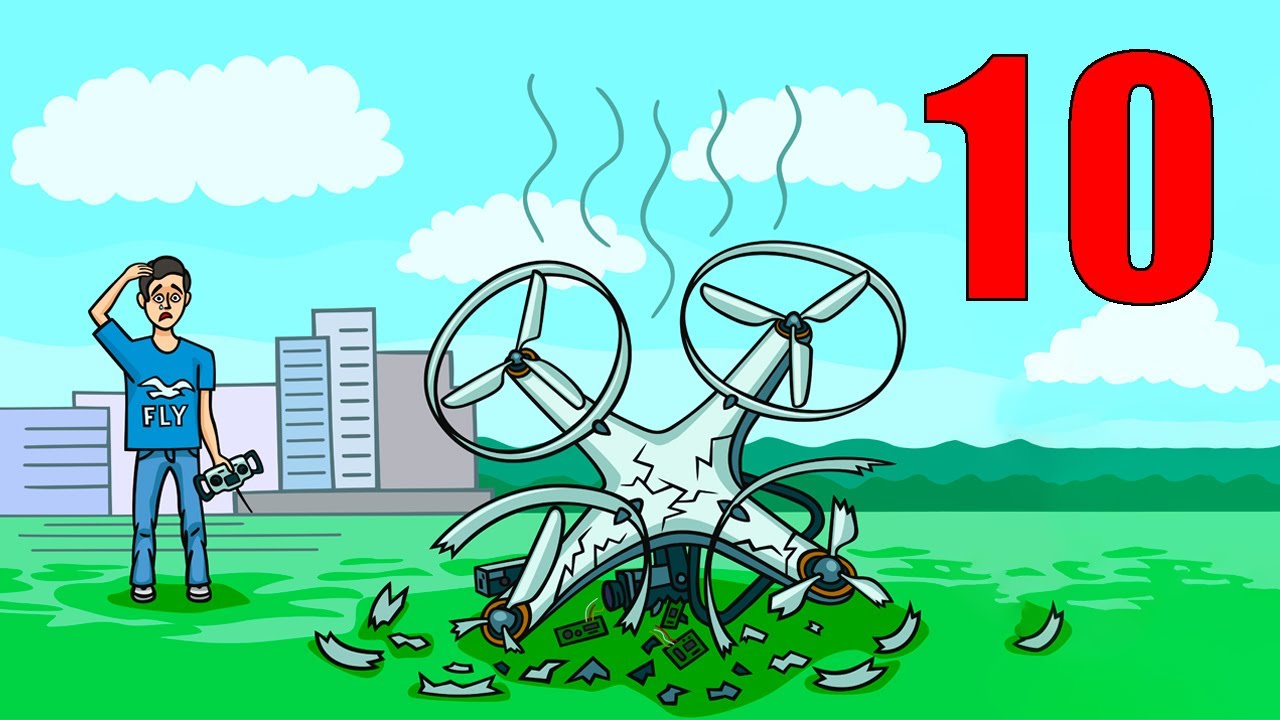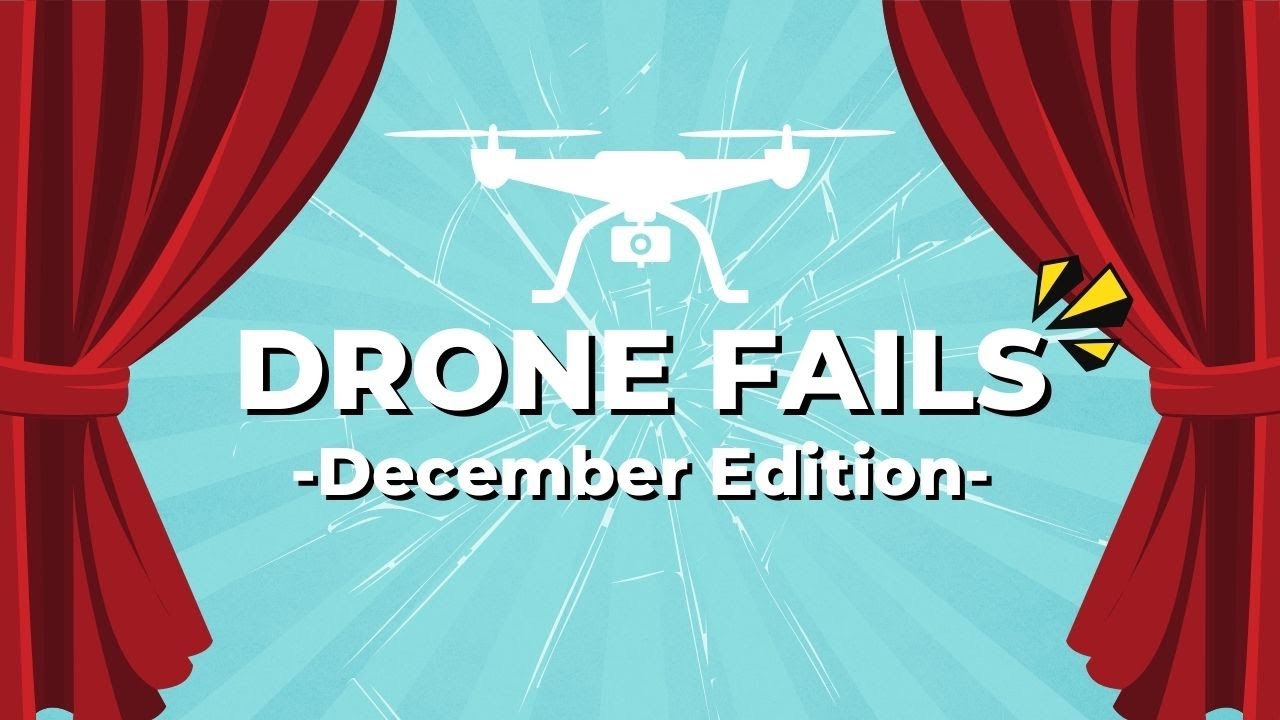Drone show crash – the phrase conjures images of spectacular failure, a sudden end to a carefully choreographed aerial display. But these crashes aren’t just about lost drones; they highlight crucial safety concerns, technological vulnerabilities, and the human element in high-stakes aerial performances. This exploration delves into the various causes of drone show crashes, examining everything from software glitches and weather conditions to pilot error and inadequate safety protocols.
We’ll also investigate preventative measures and post-crash procedures to ensure future shows are both spectacular and safe.
Drone show crashes are a bummer, highlighting the complexities of coordinating multiple drones. Thinking about the scale, it makes you wonder about the logistics of Amazon’s drone delivery program, especially considering the sheer number of locations they’re aiming for – check out this list of amazon drone delivery locations to get a sense of the challenge. Successfully managing a fleet that size for deliveries is a whole different ballgame compared to a synchronized light show.
Understanding the intricacies of drone show crashes requires a multifaceted approach. We’ll analyze different types of crashes, exploring their root causes and the resulting damage. From examining technological vulnerabilities in drone hardware and software to understanding the impact of human factors like pilot fatigue and poor communication, we aim to provide a comprehensive overview of this critical area.
Drone show crashes are a bummer, right? All that planning and programming, gone in a flash. To avoid such disasters, careful consideration of the drones themselves is crucial. Check out the impressive specs and safety features of sky elements drones , which might offer some insights into preventing those unfortunate crashes. Understanding drone capabilities is key to putting on a flawless show.
Drone Show Crashes: Understanding the Causes and Prevention
Drone shows, while visually stunning, carry inherent risks. Understanding the various factors contributing to crashes is crucial for ensuring safer and more reliable performances. This article explores the different types of crashes, safety protocols, technological vulnerabilities, human error factors, post-crash procedures, and illustrative examples to provide a comprehensive overview of this critical issue.
Types of Drone Show Crashes

Drone show crashes can be categorized based on their root cause. These categories aren’t mutually exclusive; multiple factors can often contribute to a single incident.
- Software Malfunction: Glitches in the flight control software, communication protocols, or autonomous navigation systems can cause erratic behavior, leading to collisions or uncontrolled descents. Damage can range from minor propeller damage to complete drone destruction, potentially including damage to nearby structures or injuries to spectators if drones fall from significant heights.
- Hardware Failure: Mechanical failures, such as motor malfunctions, battery issues, or GPS sensor errors, can result in sudden loss of control. Damage typically involves the affected drone, but uncontrolled descent can also cause damage to surrounding property or injury to people.
- Weather Conditions: Strong winds, heavy rain, or fog can severely impact drone stability and navigation, leading to crashes. Damage depends on the severity of the weather and the impact force.
- Human Error: Pilot mistakes, such as improper flight planning, inadequate risk assessment, or poor decision-making under pressure, are a significant cause of crashes. The extent of the damage depends on the nature of the error and the resulting impact.
| Crash Type | Frequency (Estimated) | Typical Damage | Mitigation Strategies |
|---|---|---|---|
| Software Malfunction | 25% | Drone damage, potential property damage | Rigorous software testing, redundancy systems |
| Hardware Failure | 30% | Drone damage, potential property damage | Regular maintenance, high-quality components |
| Weather Conditions | 20% | Drone damage, potential property damage | Careful weather monitoring, show cancellation protocols |
| Human Error | 25% | Variable, depending on the error | Pilot training, clear communication protocols |
Safety Protocols and Regulations
Stringent safety protocols and regulations are essential for minimizing the risk of drone show crashes. These protocols cover various aspects, from pre-flight checks to pilot training and emergency procedures.
- Pre-flight checks include thorough inspections of all drones and equipment.
- Regular maintenance is crucial to prevent hardware failures.
- Pilot training programs should emphasize safe operating procedures and emergency response.
- Clear communication protocols between pilots are vital during complex shows.
- Emergency response plans should be in place to address unexpected situations.
- Compliance with local and national regulations regarding airspace usage and drone operation is mandatory.
Technological Factors Contributing to Crashes

Technological vulnerabilities in drone hardware and software significantly impact the safety and reliability of drone shows. Understanding these vulnerabilities is crucial for developing mitigation strategies.
- GPS interference or signal loss can lead to navigation errors and crashes.
- Communication protocol failures can disrupt control signals, causing drones to malfunction.
- Inadequate battery life or power management systems can result in mid-air power failures.
- Software bugs and vulnerabilities can lead to unpredictable drone behavior.
Human Factors Contributing to Crashes, Drone show crash
Human error remains a significant factor in drone show accidents. Addressing these factors through training, protocols, and effective communication is crucial.
Drone show crashes are unfortunately becoming more common. These spectacular displays, while breathtaking, involve a lot of moving parts, and when things go wrong, it can be a real mess. To learn more about the causes and consequences of these events, check out this article on a recent drone show accident that highlights the importance of safety protocols.
Understanding these accidents helps us prevent future drone show crashes and keep the skies safe.
- Improper flight planning increases the risk of collisions or other incidents.
- Fatigue and stress can impair pilot judgment and decision-making.
- Lack of experience or inadequate training can lead to errors in operation.
- Poor communication between pilots can cause coordination issues and accidents.
Post-Crash Procedures and Investigations

Effective post-crash procedures and investigations are crucial for learning from accidents and preventing future incidents. These procedures should focus on data recovery, cause identification, and evidence preservation.
- Secure the crash site to preserve evidence.
- Recover flight data from the affected drones.
- Analyze data to identify the root cause of the crash.
- Document findings and recommendations for preventing similar incidents.
Illustrative Examples of Drone Show Crashes
Analyzing past incidents provides valuable insights into the causes and consequences of drone show crashes. Here are three examples, each highlighting a different contributing factor.
- Example 1 (Software Malfunction): A large-scale drone show experienced a software glitch that caused a cascade effect, resulting in multiple drones crashing into each other. The visual impact was a chaotic flurry of falling lights and sparks, leaving a trail of debris on the ground.
- Example 2 (Technological Factor): A show was disrupted by GPS interference, causing several drones to lose their position and drift off course. The resulting sounds were a mixture of buzzing motors struggling to maintain altitude and the sharp crackle of colliding drones.
- Example 3 (Human Error): A pilot’s misjudgment during a complex maneuver led to a collision with another drone. The emotional impact on the audience was palpable, with a collective gasp followed by stunned silence as the spectacle abruptly ended.
Epilogue: Drone Show Crash
Ultimately, preventing drone show crashes demands a commitment to robust safety protocols, rigorous pilot training, and ongoing technological advancements. By understanding the contributing factors—from software glitches and weather patterns to human error and communication breakdowns—we can significantly reduce the risk of future incidents. The goal isn’t to eliminate the thrill of drone shows, but to ensure their continued success while prioritizing safety for both the technology and the audience.
Query Resolution
What is the average cost of repairing a crashed drone used in a show?
Repair costs vary wildly depending on the drone’s model, the extent of the damage, and the availability of parts. Minor repairs might cost a few hundred dollars, while major damage could easily reach thousands.
What insurance options are available for drone show operators?
Several insurance providers offer specialized policies for drone operators, covering liability for property damage and injury, as well as drone damage. Coverage amounts and premiums will vary depending on the specific needs and risk assessment.
Are there specific regulations for drone show lighting?
Regulations concerning drone show lighting vary by location. Many jurisdictions have rules about light intensity, color, and potential interference with air traffic or astronomical observations. Check local aviation authorities for specific guidelines.
How often do drone shows actually result in crashes?
Precise statistics on drone show crashes are difficult to obtain due to underreporting and varying data collection methods. However, anecdotal evidence suggests that while relatively rare, incidents do occur, highlighting the need for strong safety procedures.
